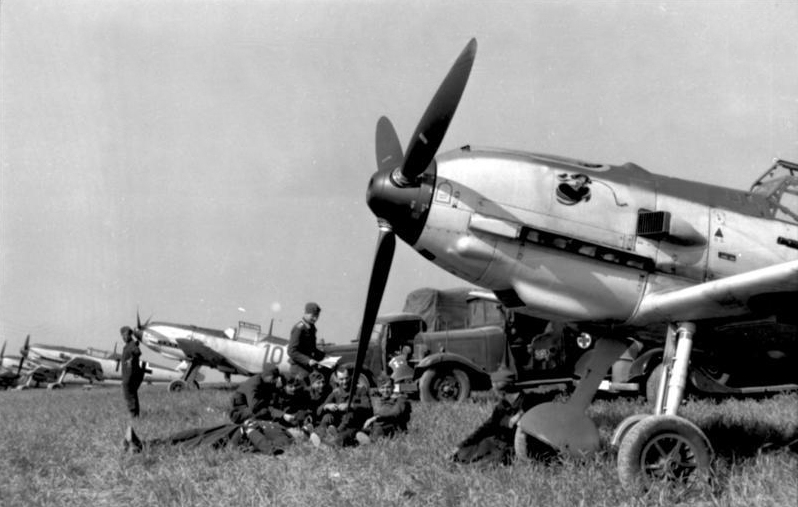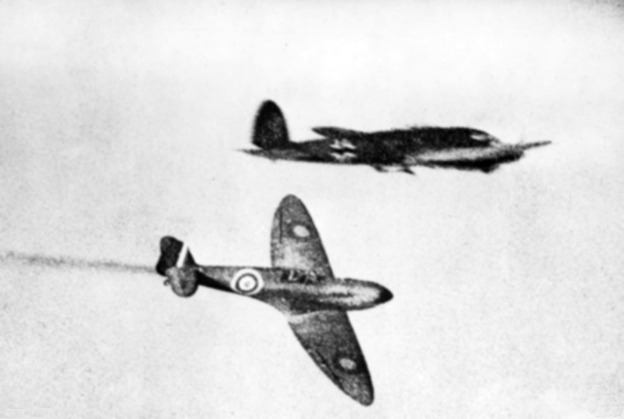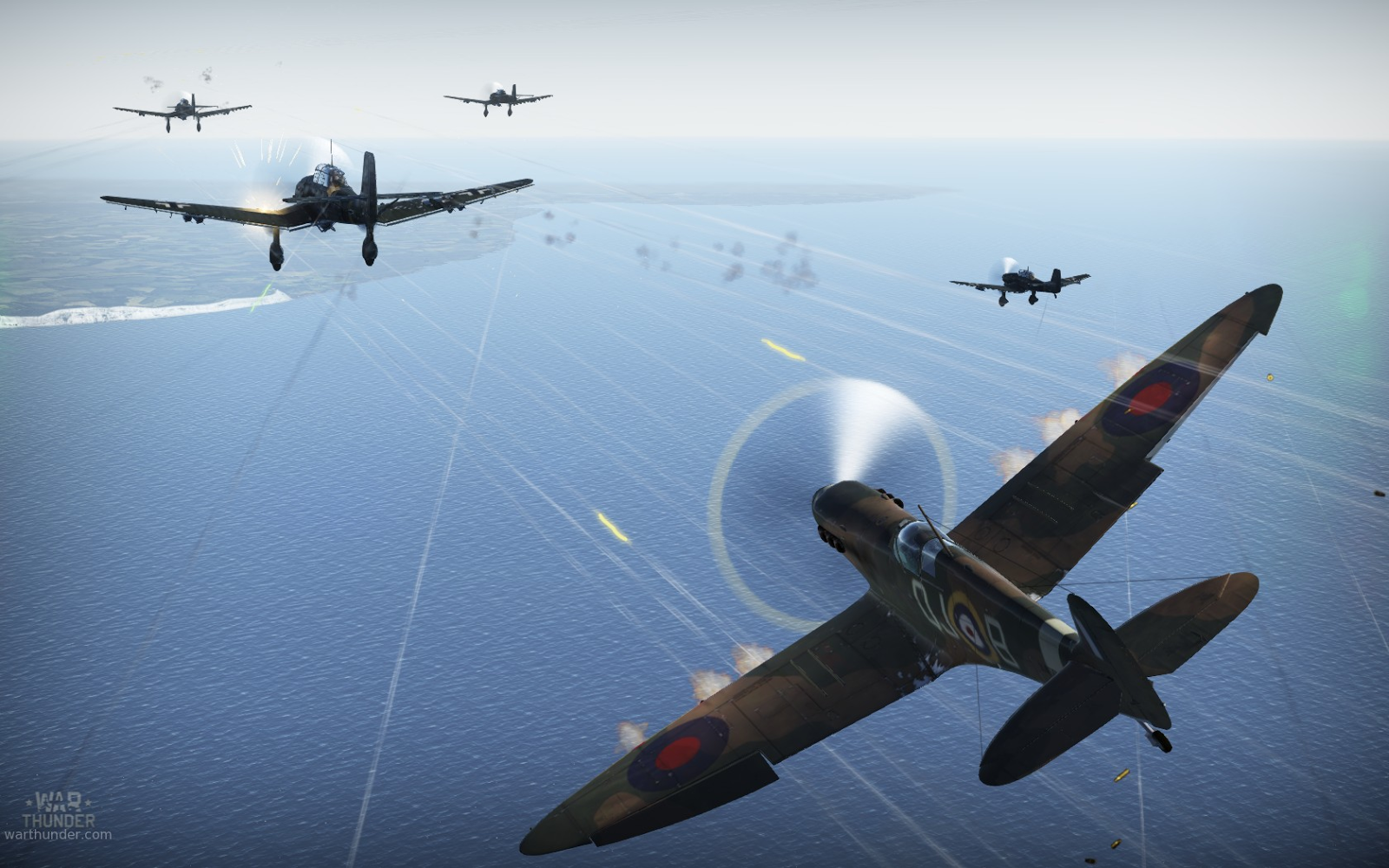
- For PC
- For MAC
- For Linux
- OS: Windows 10 (64 bit)
- Processor: Dual-Core 2.2 GHz
- Memory: 4GB
- Video Card: DirectX 11 level video card: AMD Radeon 77XX / NVIDIA GeForce GTX 660. The minimum supported resolution for the game is 720p.
- Network: Broadband Internet connection
- Hard Drive: 23.1 GB (Minimal client)
- OS: Windows 10/11 (64 bit)
- Processor: Intel Core i5 or Ryzen 5 3600 and better
- Memory: 16 GB and more
- Video Card: DirectX 11 level video card or higher and drivers: Nvidia GeForce 1060 and higher, Radeon RX 570 and higher
- Network: Broadband Internet connection
- Hard Drive: 75.9 GB (Full client)
- OS: Mac OS Big Sur 11.0 or newer
- Processor: Core i5, minimum 2.2GHz (Intel Xeon is not supported)
- Memory: 6 GB
- Video Card: Intel Iris Pro 5200 (Mac), or analog from AMD/Nvidia for Mac. Minimum supported resolution for the game is 720p with Metal support.
- Network: Broadband Internet connection
- Hard Drive: 22.1 GB (Minimal client)
- OS: Mac OS Big Sur 11.0 or newer
- Processor: Core i7 (Intel Xeon is not supported)
- Memory: 8 GB
- Video Card: Radeon Vega II or higher with Metal support.
- Network: Broadband Internet connection
- Hard Drive: 62.2 GB (Full client)
- OS: Most modern 64bit Linux distributions
- Processor: Dual-Core 2.4 GHz
- Memory: 4 GB
- Video Card: NVIDIA 660 with latest proprietary drivers (not older than 6 months) / similar AMD with latest proprietary drivers (not older than 6 months; the minimum supported resolution for the game is 720p) with Vulkan support.
- Network: Broadband Internet connection
- Hard Drive: 22.1 GB (Minimal client)
- OS: Ubuntu 20.04 64bit
- Processor: Intel Core i7
- Memory: 16 GB
- Video Card: NVIDIA 1060 with latest proprietary drivers (not older than 6 months) / similar AMD (Radeon RX 570) with latest proprietary drivers (not older than 6 months) with Vulkan support.
- Network: Broadband Internet connection
- Hard Drive: 62.2 GB (Full client)
Spitfire Mk Ia skin by zFireWyvern | Get it here!
The event 'The hardest day' will be available for 24 hours, starting 15:00 GMT on 10th of July
On the 10th July 1940, during a showery summer’s day, German forces were beginning actions for a battle known to them as «Luftschlacht um England».
 |
| Luftwaffe Bf 109s operating from their forward bases in France, waiting for action |
After France had surrendered on the 22nd of June 1940, just over 20 miles of water was all that separated Britain from Germany’s forces in mainland Europe. In order for any kind of invasion to exist, air superiority was needed, thus what followed would become one of the most iconic battles between two air forces in history, and the first ever battle of airpower alone. The combat proven and experienced Luftwaffe stood with a force of over 1300 aircraft to the inexperienced RAF’s 600. Aircraft such as the Messerschmitt Bf 109, Supermarine Spitfire and Hawker Hurricane were about to become icons of aviation.
“What General Weygand called the Battle of France is over. The Battle of Britain is about to begin”
- Winston Churchill 18th June 1940
Initial Luftwaffe raids were targeted against shipping convoys and ports, working in conjunction with the Kriegsmarine to attempt to knock out any supply lines Britain controlled. German forces were also keen to remove one of the RAF’s key advantages in predicting Luftwaffe actions; Radar. These installations soon became the targets of the Ju-87 dive bombers, but it was clear that the Blitzkreig “Stuka” that had been so instrumental in the early European campaigns had finally met its match when deployed without escort against the Hurricane and Spitfire.
 |
| Spitfires attacking He-111 formations during the early stages |
Initially the Luftwaffe had estimated it would take only 4 days to render RAF Fighter Command inoperable; however it was quickly realised this was not the case, so bomber raids began on military installations such as airfields and ports. Operating from forward bases in France, Norway and Denmark, German bombers such as the Ju-88, He-111 and Do-17 were able to penetrate deep into the British mainland, however their fighter escorts such as Bf 109 E had only 15 minutes of fuel for combat over England. This left most of the German bombers defenseless and the RAF later adapted to this by having squadrons to protect airfields whilst others would deal with the fighters.
Many British airfields were knocked out of action at the start of the battle, however the fighters were simply moved back further whilst the bases were repaired and runways returned to action. Radar proved to be decisive, despite its primitiveness at the time in allowing the RAF to scramble fighter sections and have them up and waiting for the incoming German forces. Another asset to the RAF was the many foreign pilots came to fight the Luftwaffe, with pilots who escaped from countries such as Poland, Czechoslovakia, Holland, France, Belgium and Norway after theGermans invaded as well as many volunteers from the Commonwealth (Canada, New Zealand, Australia) and America, who all fought in the battle.
Both sides had underestimated many things about each other, such as tactics, targets and numerical forces. Luftwaffe high command was also in disagreement throughout most of the campaign, infighting and personal intervention from Goering himself was not helping the situation at hand. Most importantly the Luftwaffe had not managed to deal the decisive initial blow needed to knock the RAF out of action completely, but at the same time the RAF had not managed to totally stop the German bombing thus gaining a clear upper hand in the battle for aerial superiority. Many pilots on both sides gained ace status in the Battle of Britain and despite the cancellation of the German invasion of Britain (Operation Sea Lion) on the 17th September 1940, the battle for air superiority carried on right through the war.
The War Thunder Team




